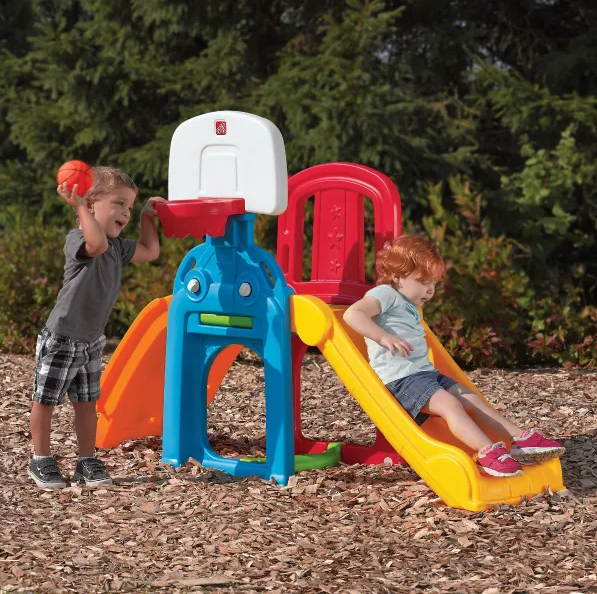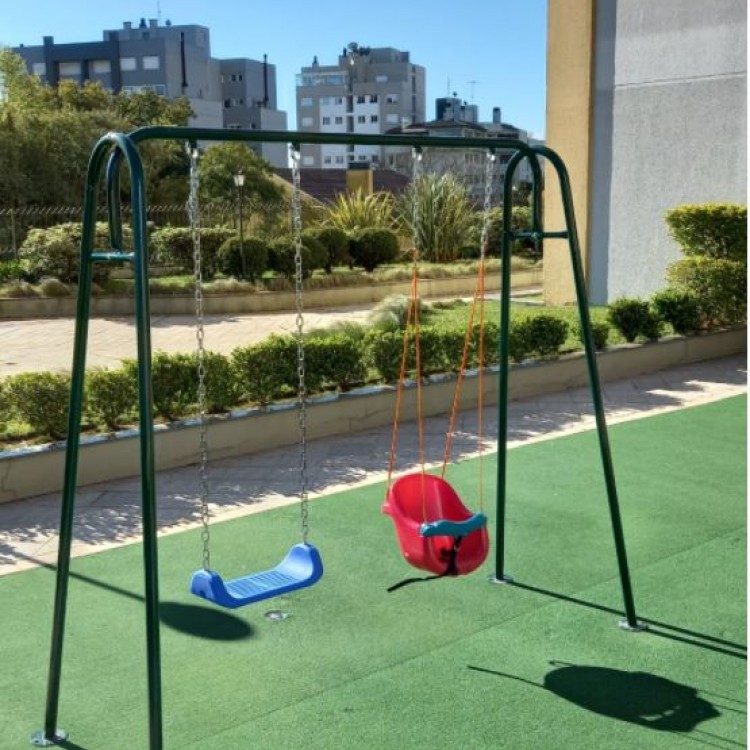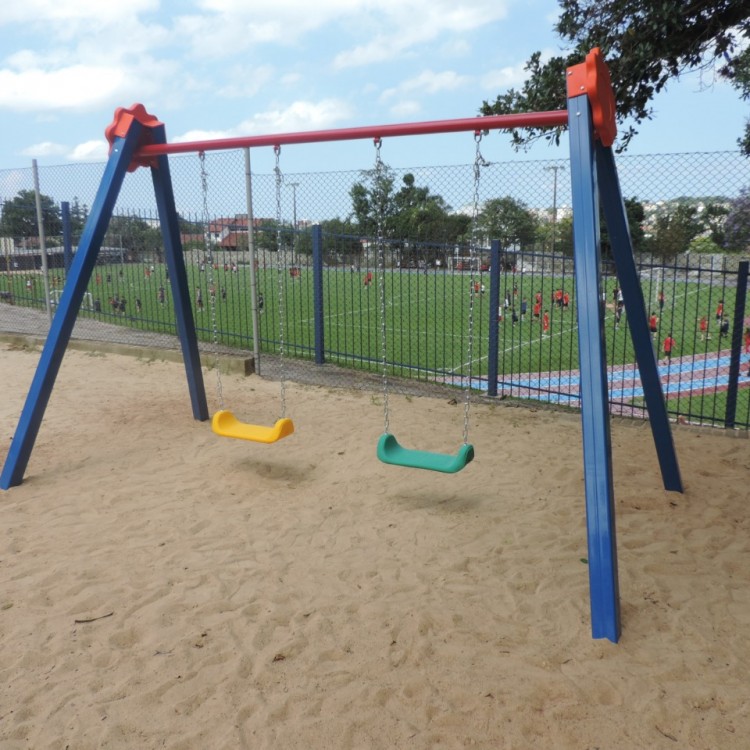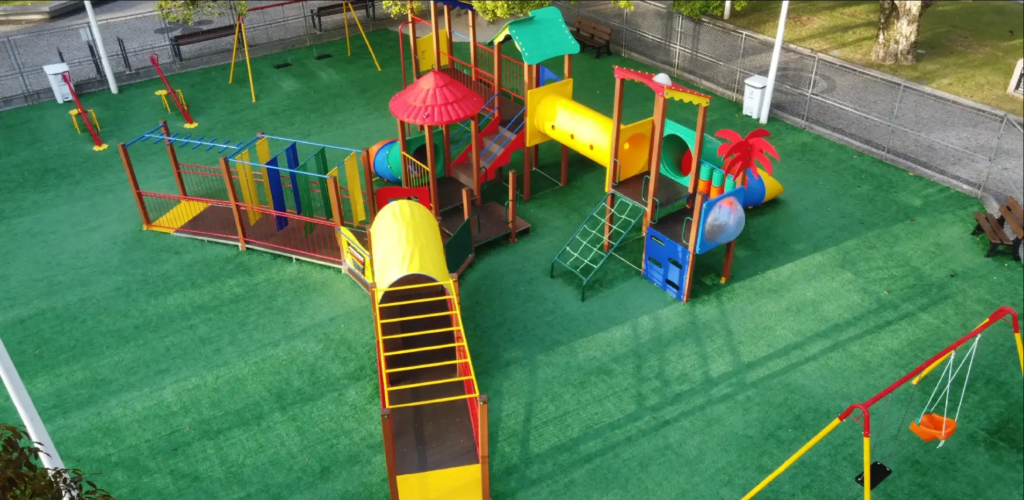Children's toys play a crucial role in the development of children, providing entertainment while stimulating motor skills and imagination. Rotomolded toys, made through a specialized molding process, are a popular choice due to their durability and safety. Moreover, they are a perfect example of sustainable design in the world of toys.
Rotomolded toys are notable for their design versatility and choice of safe materials. Additionally, the durability of these toys ensures they withstand continuous use, providing long-term cost-effectiveness.
This article aims to discuss the relevance of rotomolded toys, presenting innovative design practices and environmental benefits, highlighting the contribution of rotomolding in this industry. We will explore the rotomolding process, the benefits of the materials used, the importance of durability, and how these toys are capturing children's imagination through unique colors and textures.
The Versatility of Rotomolding in Children's Toy Design
One of the most remarkable aspects of rotomolded toys is their incredible versatility. This is possible thanks to the rotomolding process, allowing the creation of toys with a wide range of shapes and sizes. But what exactly is rotomolding?
Rotomolding, or rotational molding, is a manufacturing process involving the use of a rotating mold and plastic resin. The resin is heated until it becomes liquid, then the mold is rotated in various directions for the resin to fill its entire interior. Upon cooling, the resin solidifies, forming a hollow object, usually with a uniform wall thickness. This process enables the creation of unique and complex pieces that would be challenging, if not impossible, to produce with other manufacturing methods.
Flexibility
One of the main benefits of rotomolding is its Design flexibility. Compared to other toy production processes, such as plastic injection, rotomolding can produce toys of more complex shapes and varied sizes. Additionally, rotomolded parts have a smooth and seam-free surface, making them safer and more appealing to children.
- Example 1: Imagine a slide shaped like a dragon, where the slide itself represents the dragon's winding tail. Creating such a piece through other processes would be very challenging, if not impossible.
- Example 2: A playhouse for children featuring multiple entrances, windows, a slide, and even a mini-climbing area. Rotomolding allows the production of this complex and multifunctional toy.
- Example 3: A complex climbing structure with multiple platforms and passages. With rotomolding, it's possible to create this structure as a single piece, enhancing its strength and durability.
In summary, the versatility of rotomolding opens up a world of possibilities in children's toy design. It allows experimentation with shapes and sizes, giving designers the freedom to create truly unique and fun toys. And best of all, these rotomolded toys are not only attractive and fun but also safe and durable, thanks to the strength and quality of the material produced through rotomolding.
Choosing Safe Materials for Children: A Technical Focus
When it comes to creating toys for children, safety is always the primary concern. It's crucial that the materials used in the production of rotomolded toys are not only durable and impact-resistant but also safe and non-toxic.
Rotomolding allows the use of a wide range of high-quality materials. These materials undergo a rigorous selection and testing process before being deemed suitable for toy production. However, it's not just the quality of the material that's important but also its impact on the environment. Sustainability is a significant consideration in selecting materials for rotomolded toys.
- Polyethylene: This is one of the most commonly used materials in rotomolded toys. It is a durable, lightweight, and impact-resistant material. Moreover, it is entirely safe for children, as it does not contain toxic substances.
- PVC: Although less common, PVC can also be used in rotomolding. However, it's essential to ensure that PVC is free of phthalates, chemicals associated with health problems.
- ABS: ABS is a tough and durable thermoplastic. It's commonly used in toys due to its impact resistance and ability to retain vibrant colors.
Safety Standards
Adhering to technical and safety standards in the selection of materials is of utmost importance. These standards ensure that the toys are safe for children to play with. Standards vary from country to country but generally include tests to ensure materials are non-toxic and free of harmful substances.
- Safety: Safety is the number one priority when it comes to children's toys. Any material used must be safe for children and free of toxic substances.
- Durability: Materials must be durable and capable of withstanding intense use. Material durability is also essential for the longevity of the toy.
- Sustainability: Materials used must be sustainable and have minimal impact on the environment. This includes the use of recyclable materials whenever possible.
In summary, choosing safe and non-toxic materials in the production of rotomolded toys is a task that requires precise technical focus. Rotomolding allows the use of high-quality and safe materials, ensuring the safety and enjoyment of little ones.
Durability: How Rotomolded Toys Withstand Intensive Use
When thinking about toys for children, one of the main criteria to consider is durability. After all, toys are made to be used, and in many cases, used intensively. In this context, rotomolded toys stand out for their exceptional strength and durability.
So, how does rotomolding result in more robust and durable toys? The answer lies in the nature of the rotomolding process itself. Plastic is heated and melted in a rotating mold, ensuring that the material is distributed evenly. This results in a solid piece, without seams or fragile joints that could break or crack with intensive use.
Additionally, rotomolding allows the use of high-strength plastics, such as high-density polyethylene (HDPE), known for its resistance to deformation, impact, and wear. Toys made with these materials can withstand harsh weather conditions, prolonged exposure to the sun, and intensive use without losing quality or safety.
It's essential to emphasize that durability is not just a matter of economy. Of course, durable toys mean less need for replacement and, therefore, lower long-term costs. However, durability also plays a crucial role in safety. Toys that break or wear out easily can become dangerous, with sharp edges or small parts that can be swallowed.
Case Study 1

Let's consider an example. The rotomolded slide, with its smooth corners and slip-resistant surface, has proven resilient to years of intensive use in outdoor playground environments. Even after years of exposure to sun, rain, and constant use by children of all ages, the slide maintains its structural integrity, color, and safety.
Case Study 2


Another example is the swing. Thanks to its robust design and the use of high-density polyethylene, the swing withstands thousands of hours of use, repeated impacts, and various weather conditions without showing signs of wear.
In conclusion, durability is an intrinsic feature of rotomolded toys, thanks to the manufacturing process and the high-quality materials used. When choosing toys for children, rotomolded toys offer a long-term solution that ensures continuous safe fun for children and potentially valuable long-term savings for parents.
Innovations in Colors and Textures: Captivating Children's Imagination
A crucial aspect that make rotomolded toys irresistible to children is the wide variety of colors and textures. Rotomolding allows toys to be produced in a diverse range of vibrant colors, enabling the creation of attractive and captivating designs. Additionally, the ability to incorporate different textures enhances interactivity, stimulating children's tactile exploration.
- The rotomolded toys explore a variety of colors, visually stimulating children and encouraging creativity.
- The use of varied textures on their surface encourages tactile exploration, contributing to children's sensory development.
Therefore, rotomolding not only results in toys with superior durability but also creates a richer and more engaging play experience for children.
Safety in Focus: Eliminating Risks of Sharp or Pointed Parts
In an ideal world, all children's play would be just fun and games. However, as we know, the real world is not always like that. Safety is a crucial consideration in choosing toys for our children, and this is an area where rotomolded toys shine.
It is common to come across toys that have sharp or pointed parts, posing significant risks to children. But, thanks to the rotomolding process, manufacturers can eliminate these dangers.
The Rotomolding process allows the production of toys without sharp or pointed parts. Producing toys using this method does not involve joints or seams, which are often the parts that can become sharp or wear out over time and become dangerous.
Additionally, the strength of the materials used in rotomolding, such as polyethylene, ensures that the toys are robust enough to withstand intensive use without breaking or wearing out. This makes rotomolded toys safe for long-term use, which is a significant advantage when it comes to children's toys.
Reducing Physical Risks
The rotomolding process also allows the use of plastic resins that do not release harmful chemicals during use. This ensures that children are not exposed to toxins while playing.
Avoiding Chemical Threats
The rotomolding process also allows the use of plastic resins that do not release harmful chemicals during use. This ensures that children are not exposed to toxins while playing.
Parental Satisfaction
When parents know that the toys their children are using are safe, they can relax and allow their children to explore and have fun. This contributes to overall parental satisfaction with the product.
In conclusion, rotomolded toys offer an effective solution to common safety issues in toys. By eliminating sharp or pointed pieces, they ensure that children can play in a safe and stimulating environment, which is a win for everyone.





